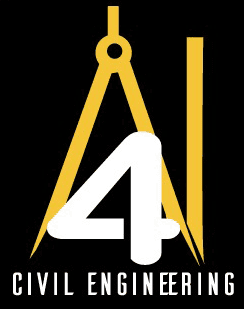 Smart Construction and the Future of the Construction Industry | JD Supra“Smart Construction” is a loose term but generally refers to the development and use of processes and applications that improve construction planning and the management of projects (thereby potentially streamlining costs of construction).
Smart Construction and the Future of the Construction Industry | JD Supra“Smart Construction” is a loose term but generally refers to the development and use of processes and applications that improve construction planning and the management of projects (thereby potentially streamlining costs of construction).The increased deployment of collaboration tools (e.g., Zoom, Microsoft Teams, WebEx) and other cloud-based technology solutions during the COVID-19 pandemic will invariably result in more efficient project management in construction going forward. These type of efficiencies are sorely needed, especially as the industry is trying to recover from supply chain issues, lockdown challenges and social distancing requirements resulting from the pandemic.
However, smart construction goes well beyond those basic business efficiency and collaboration tools. For example, drones are regularly used on construction projects to monitor site conditions, detect problems, and assess conditions safely. Meanwhile, newer technologies such as “programmable” cement, “self-healing” concrete, and autonomous and robotic machinery are increasingly being deployed in construction projects. And yet, these current technology solutions are just the tip of the iceberg as researchers continue to look for new ways machines and technology can be used to solve complex engineering challenges.
Improving Safety, Increasing Productivity
Often overlooked, construction remains one of the deadliest occupations, with over 1,000 deaths annually according to the 2019 Census of Fatal Occupational Injuries (CFOI) from the Bureau of Labor Statistics.
Innovative cloud solutions, such as building information models (BIM), offer increased resource and safety visibility enhancements to virtually track and optimize resources and equipment (and potentially improve job site safety). With 3D modeling technology, BIM manages and synthesizes project data and provides visuals for on-ground analysis. BIM allows contractors, workers and project participants to view precise details of a building and the building’s design and construction using drones, visual 3D renderings, and environmental data, which removes the need for individuals to visit potentially dangerous project sites in person. Data integration allows workers to visualize a finished project such as pipe placement, electric wiring, or even potential foundation hazards while in its physical location. The implementation of data analytics can also help project managers detect patterns to determine when and where most accidents occur and which variables play a factor in those accidents. This will enable contractors and project managers to prioritize certain tasks at certain times to avoid unsafe conditions and avoid common issues that lead to accidents, which in turn will increase the safety on their site.
https://www.civilengineering.ai/smart-construction-and-the-future-of-the-construction-industry/

Post a Comment